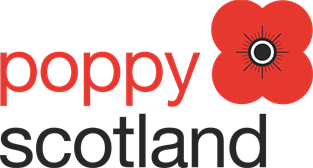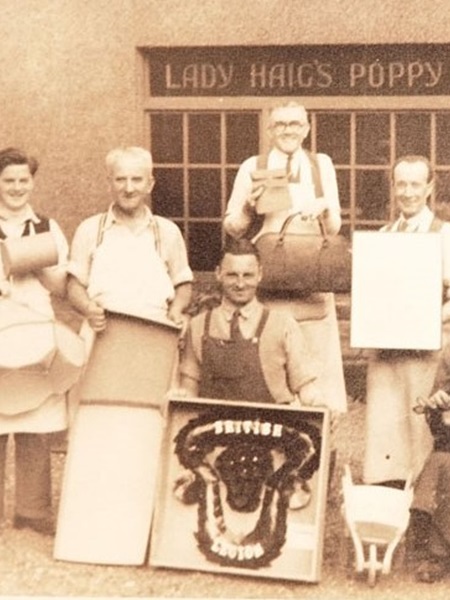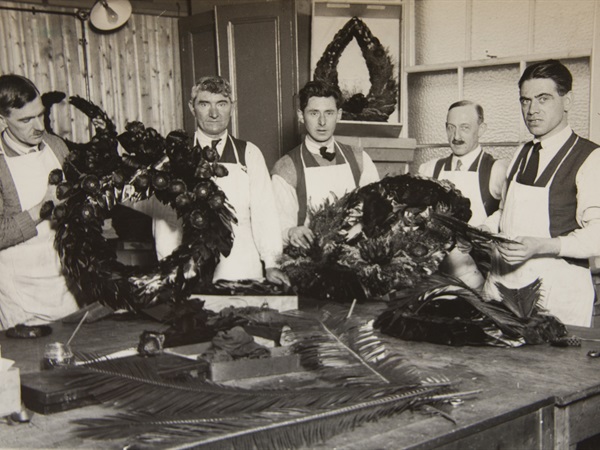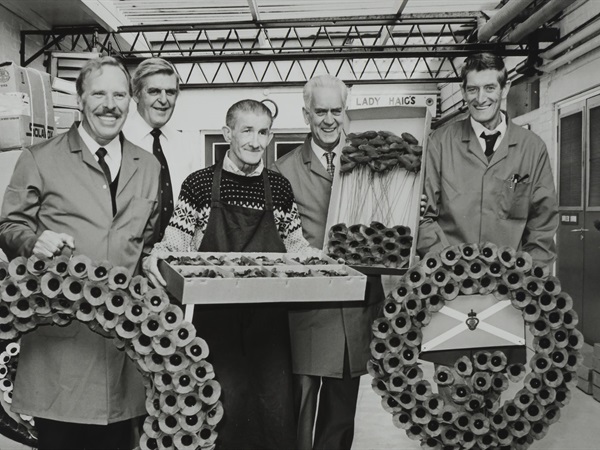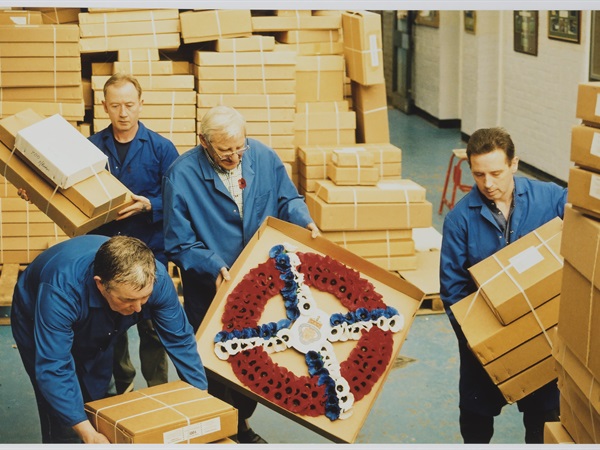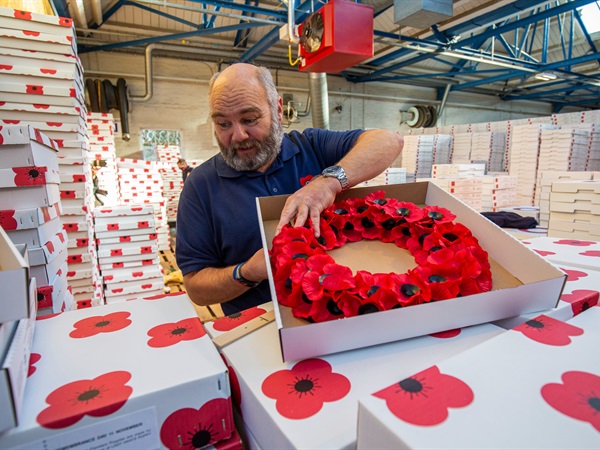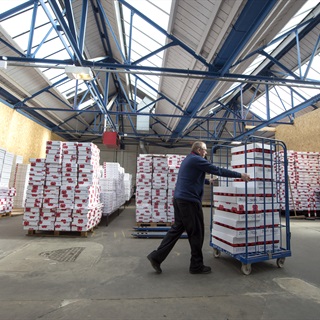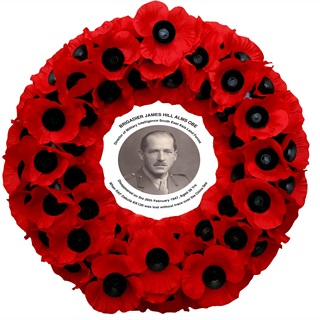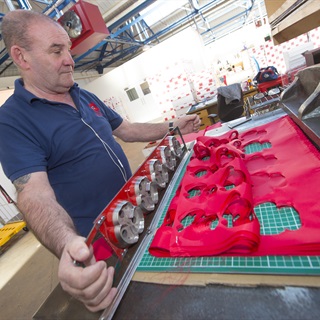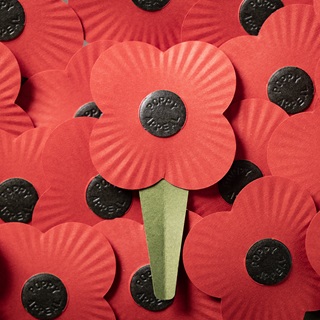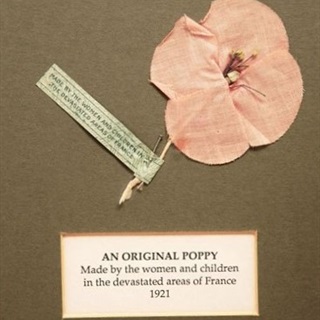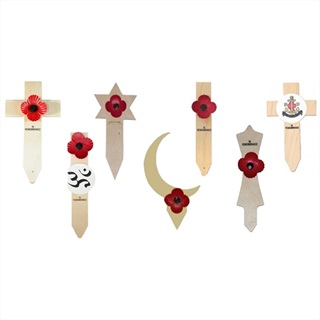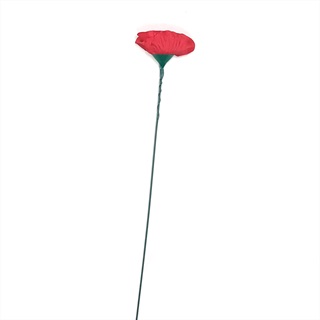Lady Haig's Poppy Factory has been making poppies and supporting veterans since its founding nearly 100 years ago.
After so much time, it won't surprise you that there have been quite a few changes through the decades.
At the start
Initially, The Earl Haig Fund sourced poppies from England but, few of those poppies made it to Scotland. In 1926, Countess Haig suggested that a factory to make poppies specifically for Scotland be established. Additionally, she suggested that it should employ men disabled by war. The idea was taken up and premises found in the grounds of Whitefoord House on the Canongate section of the Royal Mile.
The workforce started out small - “two workers, a pair of scissors and a piece of paper” - but expanded quickly to make the bulk of the poppies required for Scotland.
During the run-up to the end of the decade, the demand for poppies and wreaths was met and in 1928, production expanded to include stuffed toys and jigsaw puzzles. The wreaths of this period were made with locally grown laurel leaves, wax poppy seeds, and moss which was gathered by Girl Guides.
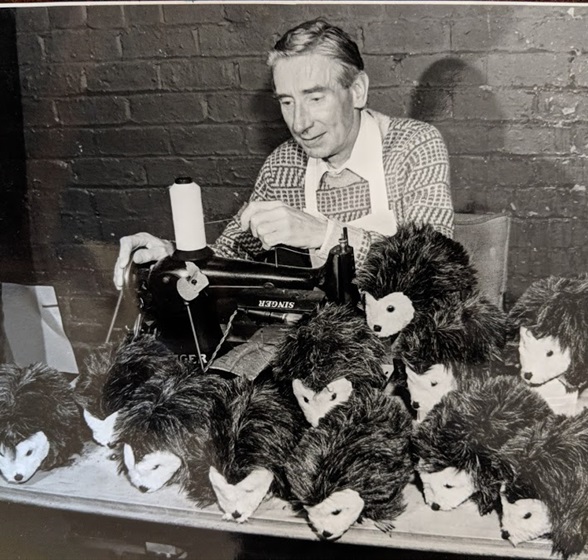
The golden years
Changing times
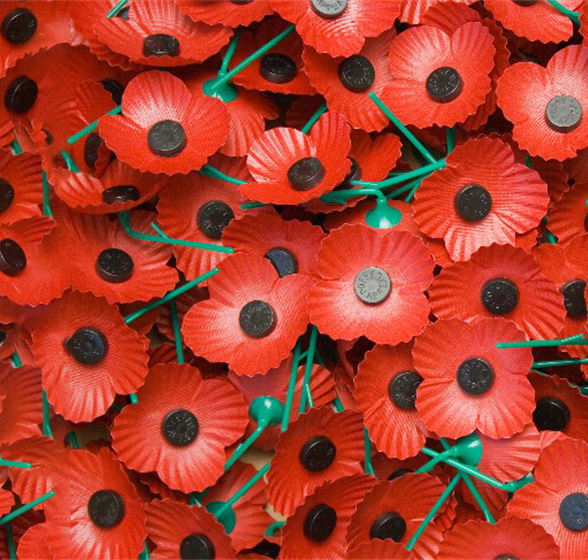
Also introduced in this period - in 1955, to be precise - was the standard lapel poppy, almost identical to the one we use today.
Through the 60s and 70s, the rising operational costs made self-sufficiency increasingly difficult, while at the same time, fewer people were looking to work in the factory. By 1975, there were 51 employees with a waiting list of 3; by 1980, the number had fallen to 35 with no reserves. By 1981, the factory's future was uncertain.
1970 – 2000
The decade came to a dramatic close when - in Spring of 2000 - the Water of Leith burst through the protecting wall, flooding the factory and destroying over one million poppies.
It says everything for the spirit of the men that, through working at weekends, the shortfall was made up in time for the Year 2000 Poppy Appeal.
21st Century
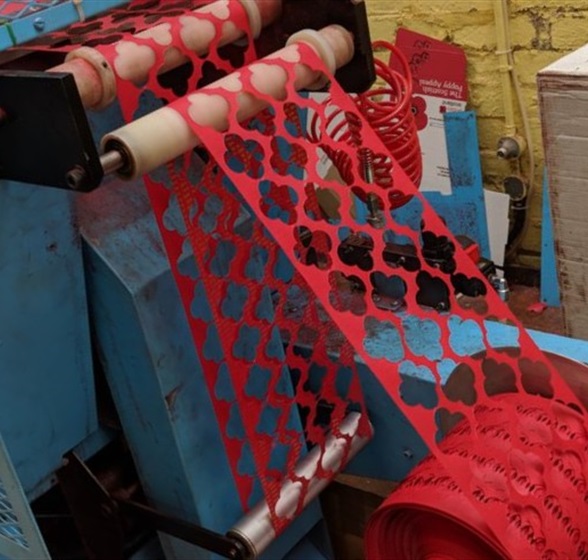
The first decades of the 21st century have brought a programme of modernisation and great changes to the factory.
- production and operations were updated.
- a website, including online shop, was introduced.
- school group tours began and now over 1500 students visit annually.
- in 2011 Factory became a member of The Royal British Legion (RBL) group of charities when owner, Poppyscotland, merged with RBL.
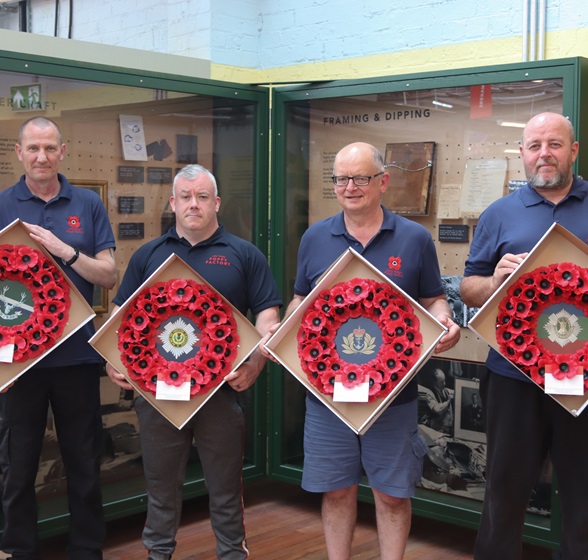
Change and continuity
And today
The Factory remains a happy, productive workplace for the 28 disabled and vulnerable ex-service men and women. We take great pride in the holistic service we offer and the strong relationships that have been developed with other service providers.
In April 2019 we temporarily relocated to Redford Barracks to allow for a major upgrade programme of the factory, returning to Warriston Road in November 2021.
A Personal Recollection
During my early years, I well remember our visits to the Factory for Christmas parties as well as the men coming to Bemersyde for my sister Victoria’s wedding in 1929 and to my twenty-first birthday celebrations in 1939.
Their courage and comradeship was deeply inspiring.
After the war, when I took my mother’s place as President, my first act on return from POW camps in 1945 was to exhibit some of my portraits of fellow prisoners. HM The Queen and the two Princesses visited the exhibition and all profits were given to the Factory.
My memories of the many people who have given their time and energy to the Factory go back over seventy years. On behalf of my wife and of myself, I offer congratulations and good wishes for the future of the Factory which my mother helped to found.
-- from the personal recollections in 2000 of the late Earl Haig, who passed away in 2009 at the age of 91.
